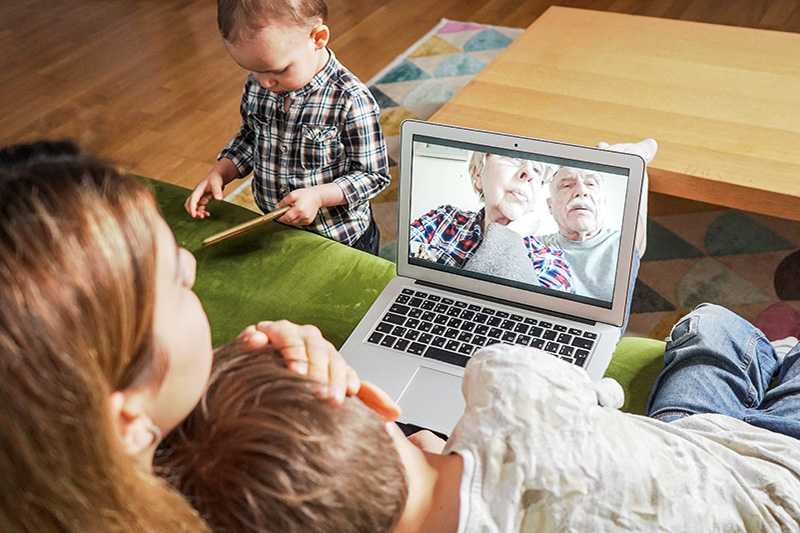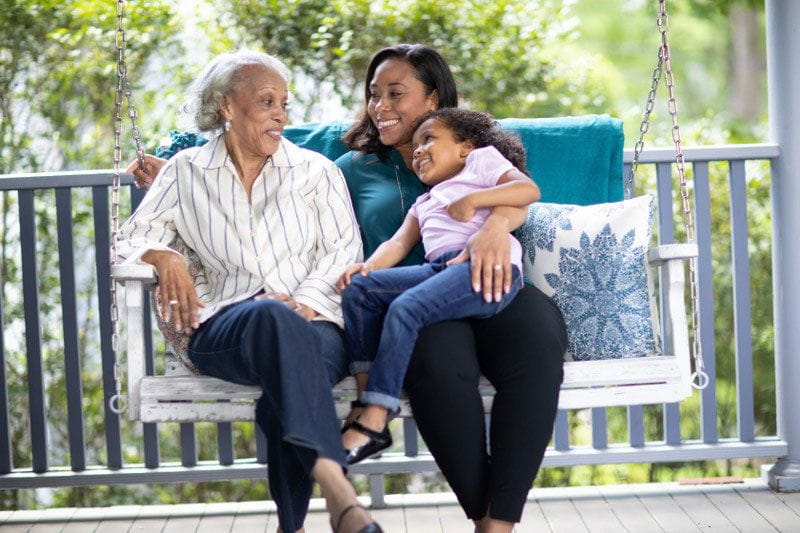The following post was written by Marc Bernica, Senior Vice President, Back-Up Care, at Bright Horizons.
Some time ago, I spoke to benefits leaders about elder care in our workforces. I told the story of one of our own Bright Horizons’ employees who had been in and out of work as she tried to care for her mother from far away.
I saw heads nodding with recognition.
As employers, many of us know our share of these employees. And there’s no question we’re going to know a lot more. Right now it’s estimated that one-in-six employees care for an adult or elder. And the population of seniors in the United States is expected to increase 40% by 2030.
The responsibilities have a profound impact not just on people’s lives, but also their careers. I think that’s the reason almost every client I’ve talked to recently has asked me about elder care. They’re seeing employees struggle and want to know what we see in the marketplace; what other employers doing; what we see as the solution.
The answer, like elder care itself, is evolving. What we know is that the right solution is going to be multifaceted because elder care itself is complex. In focus groups and other conversations with employees, we’ve learned very specific things about the challenges:
It happens in a hurry: The above employee became a caregiver the day she visited her mom and found a cabinet filled with unpaid medical bills – a sign that mom wasn’t quite as on top of things as she thought. Sometimes a parent gets sick; other times, it’s a fall. That’s the way it usually happens. Independent one minute; dedicated caregiver the next.
It’s unpredictable: Symptoms can get better or get worse. Things can accelerate or decelerate. If dad has a fall, he might get better. If mom’s sick those symptoms can improve. Whatever things look like today, there’s no telling what it will look like tomorrow. Over and over we heard people say, “I looked at the problem, I had someone come into my home and do an assessment three weeks ago, and already the information is outdated.”
There’s a huge village: Elder care is not a solo undertaking. There are siblings to negotiate with; spouses or partners to include; doctors and caregivers to manage; lawyers and financial advisors to talk to. Caring for her mother, the above employee had a sister, financial advisors, legal experts, and a fleet of in-home caregivers required to enable her mother to stay in her home as long as possible. The coordination alone could have been a full-time job.
There’s an overload of information: We all know how hard it is to manage administrative tasks for our own lives. Now imagine doing it for someone else. There are bills to pay, financial documents to stay on top of, medications and prescriptions to manage – plus the contacts required to make sure all of the above players are looped in on all important communication.
THE REAL DANGER OF ELDER CARE IN THE WORKFORCE
The right solution will have to take on all of those challenges; not just the immediacy of care (which is critical), but also the coordination of it – the practical support that can help people stay organized (something they told us is critical) and that can free the mental space to care for their own lives as well as their parents’.
And there’s one more wrinkle. The numbers are monumental, but the actual problem is even harder to grasp. For all the caregivers we do know about, there are many we don’t.
And that’s the real danger. Elder care isn’t something people talk about. It isn’t something they bring up at work. It’s quiet; out of view. Nearly half of elder care caregivers say their supervisors don’t know about those responsibilities. That’s because people don’t know what they can share with their employers. They don’t know what they can ask for or what they can expect in terms of support. Whatever responsibilities are being carried out, they’re taking place under the radar. So whatever size problem you think you have – it’s probably even bigger than you think.
Like the employees themselves, we need to be prepared.





